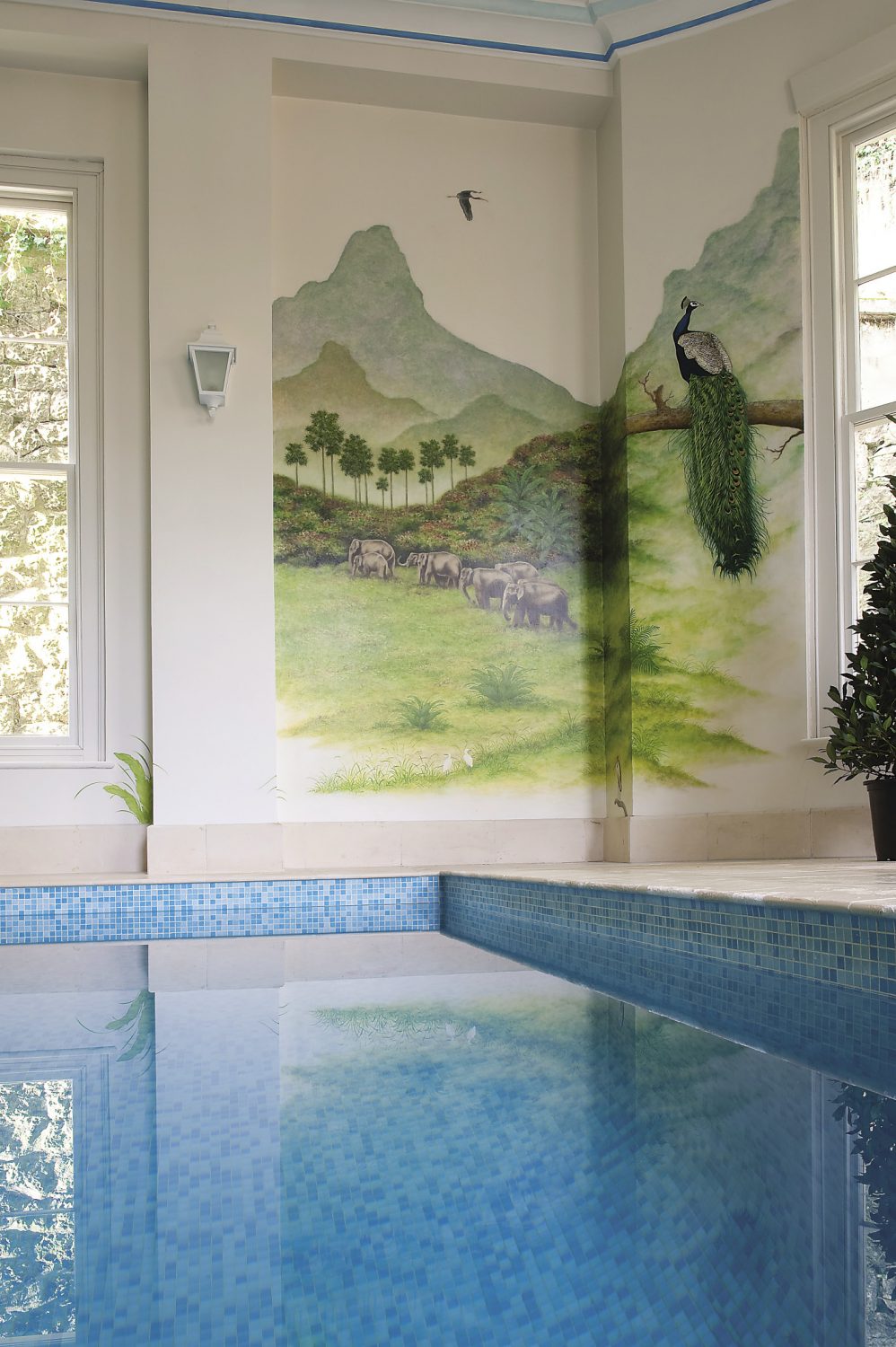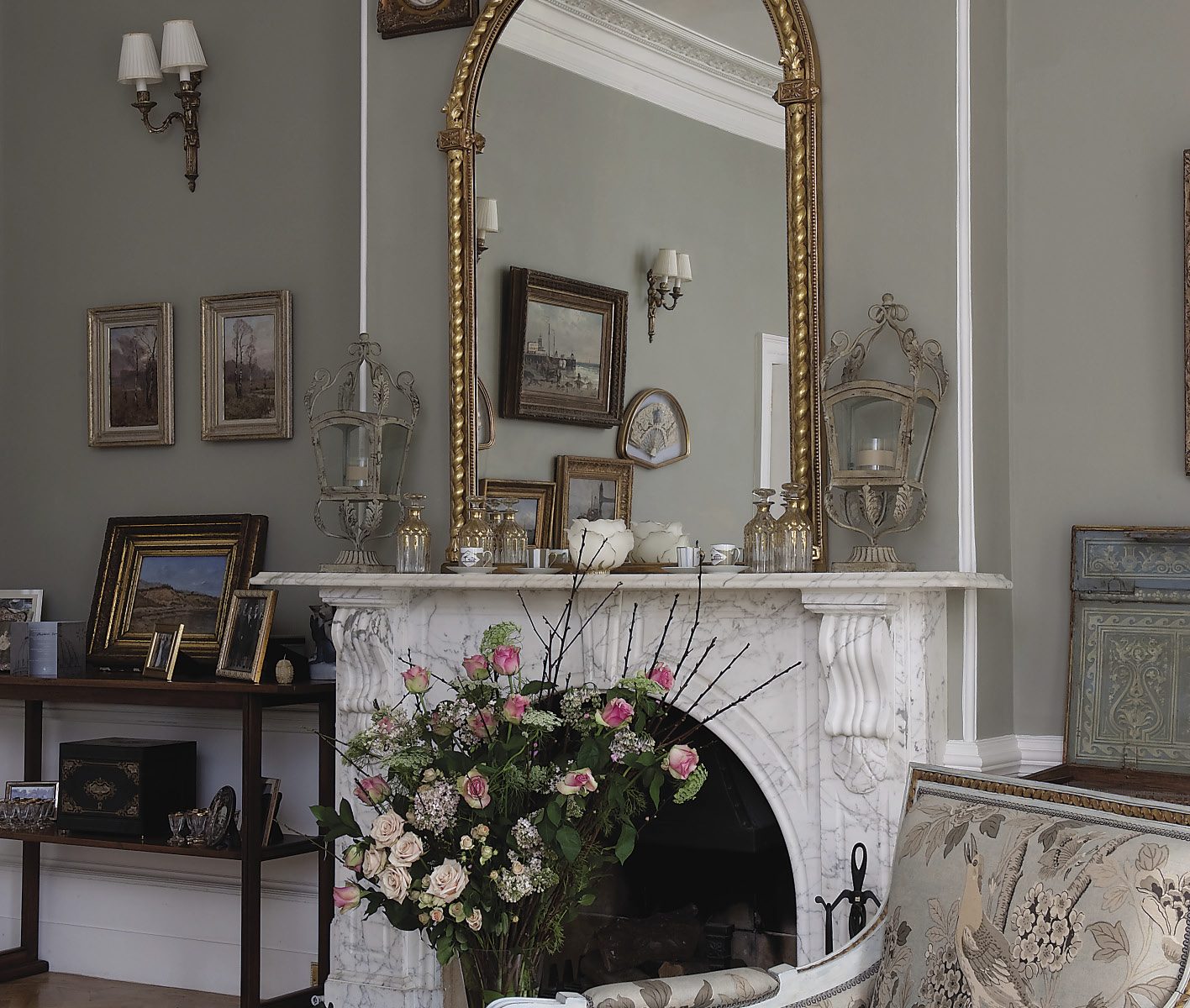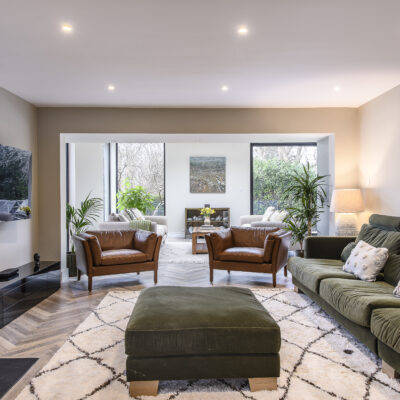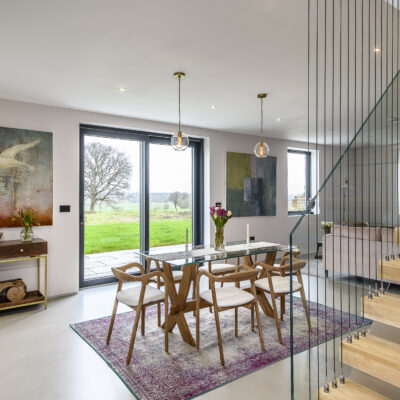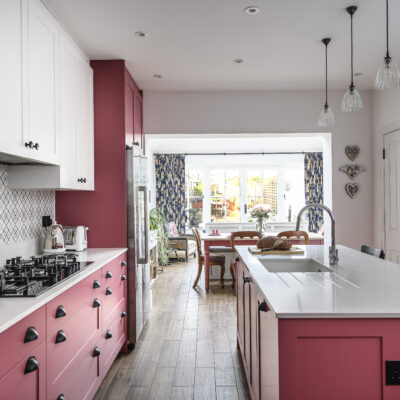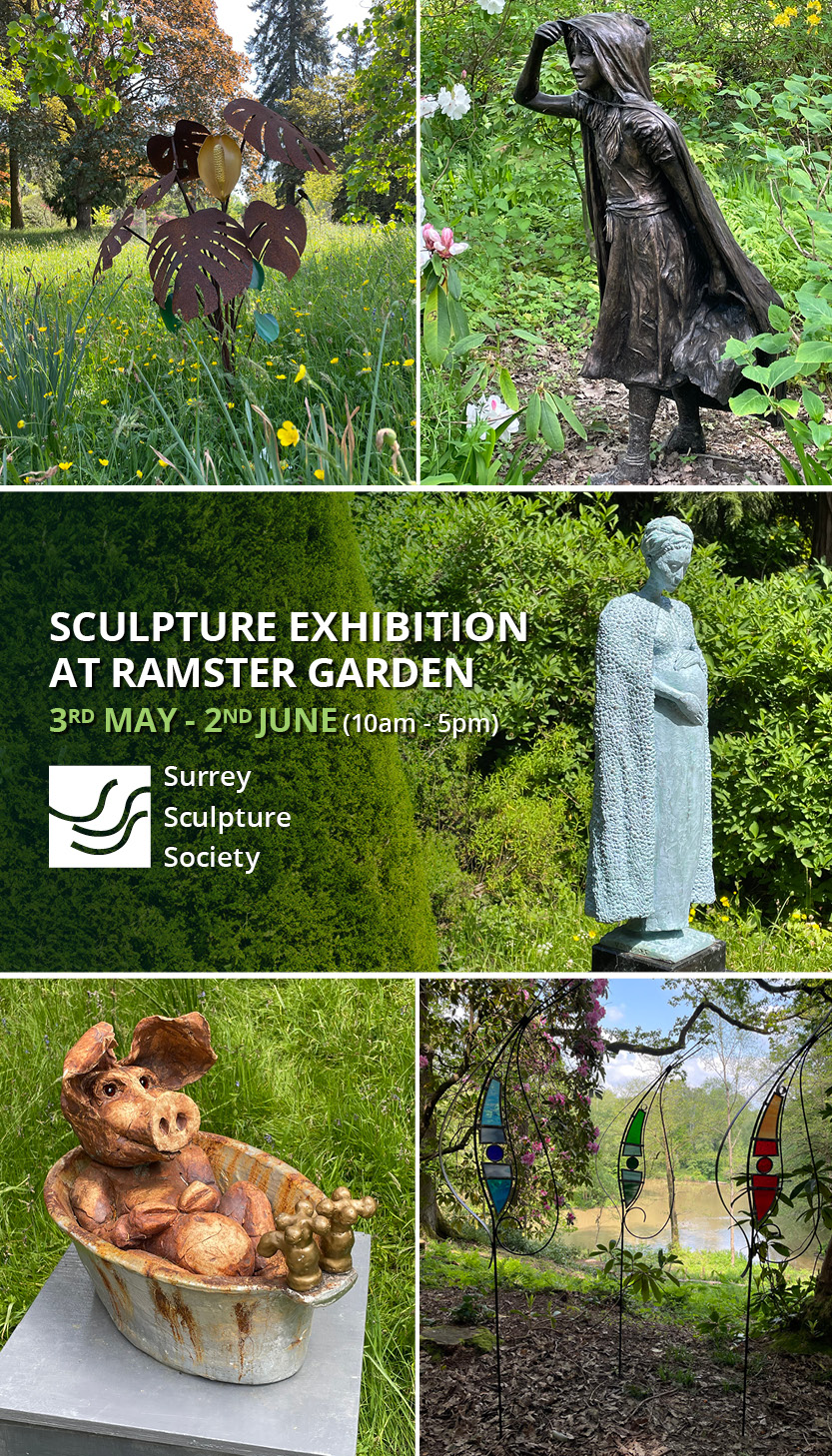Theodora and her husband Stuart have lived here for several years and from her research Theodora is convinced that
Hedera began life as an oast that was converted into a much grander residence in the late 1700s. “There are two identically proportioned square rooms on either side of the building, and when we did work on the dining room the brickwork that was exposed was definitely of an industrial type.” It seems a reasonable hypothesis: the valley here is studded with oasts and mills and the man responsible for giving the house the gracious appearance it now sports, once owned most of them. Robert Edmeads produced some of the finest papers in Europe, supplying William Blake’s publishers among others. The wealth generated by this business probably financed Hedera, but Edmeads then caught the speculative fever of the time and stretched himself too far to set up a provincial bank. By 1825 the bubble had burst, the bank failed and Edmeads was declared bankrupt.
As a financier, Theodora has obviously taken some interest in the parallels between Edmeads’ time and our own. She has even managed to find an Edmeads banknote presented in the year of his bankruptcy. “Ownership then transferred to Sir Peter Pole who gave the house to his son, Captain Edward Pole of the 12th Royal Lancers. The regiment was posted to India and this seems to be where the house makes the first of its many colonial connections.”
Theodora then goes on to list a colourful parade of residents including the Reverend John Jebb, a vociferous precursor to the Oxford Movement. The house also enjoyed a short spell as “Mrs Hewitt’s Ladies Academy” before returning to private occupation with the arrival of David Ezra and his wife Marie in the early 1900s. Ezra was from a wealthy Jewish family based in Calcutta, so once again India came calling. He was said to have a fine collection of oriental carpets and ceramics “which is one of the reasons why I’m so keen to furnish the house with them again,” adds Theodora. Poor David Ezra was killed at Amiens in 1918, but his widow rallied and just one year later became the wife of John Beazley, famous Oxford don and donor to the Ashmolean Museum.
The next notable, if not infamous, resident was an antiques dealer who rather outlandishly styled himself “Prince Charles Louis Regnier de Bourbon”. He filled the house with medieval and Samurai armour and declared Hedera a “War-free Principality”. His enthusiasm for swords obviously got the better of his pacifism, however, as he was said to have “scalped” his wife during a particularly heated argument. She survived and apparently forgave him, but ever after took care to wear a hat at all times.
Theodora obviously takes great delight in these stories and with a doctorate in 18th century French history, she has the skills with which to uncover the most fascinating details. Her academic interests have also led her to collect 18th century French furniture, for which Hedera is the perfect setting. “I’ve lived and worked in France and I particularly love the styles of the late Louis XVI and Directoire periods.” Named after the government that followed the French Revolution, Le Style Directoire reflected the increasing interest in Greco-Roman design and fed into what would become the grand neoclassical taste of Napoleon’s Empire. “I love the chairs in particular. They’re comfortable and pretty but light enough to be moved about, so they’re extremely versatile.”
We sit in the drawing room on linen-covered George Smith furniture, which although contemporary, is based on an 18th century design. The walls are a storm cloud grey and form a Gustavian-style backdrop for the gilt mirrors and oil paintings. A huge Baltic chandelier hangs from the ceiling. One wall forms a generous bow, and the three floor-to-ceiling windows overlooking what will shortly be the restored rose garden are dressed with pure white linen, lightly gathered and trimmed with a Greek key design. “Kate Howard did these for me. I love linen and wanted something that wouldn’t detract from the architecture.” The windows have a wooden canopy featuring an inverted Indo-gothic arch, like the domes of the Brighton Pavilion turned upside down. “They’re very similar to what you find on the houses in Calcutta and were added in Regency times to save the furniture from fading,” Theodora explains. A useful addition, as several pairs of antique chairs stand with stately elegance in front of the windows. On the floor there is a magnificent oriental carpet. “Joshua Lumley in Egerton has supplied all the carpets. Funnily enough, this was his family home for many years and he told me that his parents installed the Georgian fanlight in the dining room.”
To the right of the fireplace is an exquisite eau de nil and gilded square piano. Two white and gold swans nestle underneath the keys. “It was made around 1780,” says Theodora. “I collect antique pianos, too, and David Winston at the Period Piano Company in Biddenden sold this one to me. I first contacted him when I was looking for a piano for my son to play and I saw his advert in the Wealden Times with an incredible grand piano gilded with a chinoiserie design. My first purchase was the Erard that’s in the dining room. Actually, contacting David was pivotal because he put me in touch with Guy Bedford, the artist who did the chinoiserie work on the piano. Guy has since painted a very fanciful mural here that I’ll show you later.”
In the dining room, the graceful Erard grand occupies one corner. Constructed by French cabinetmakerPaul Sormani, it is inlaid with geometric designs of rose and tulipwood. “It’s the same make and year as Ravel’s piano, a fact which I think my father would have enjoyed,” Theodora remarks. “He was quite a serious pianist and I’ve still got all his old sheet music.”
Grey-blue linen from Libeco in Belgium covers the walls. “Kate used the same linen for the curtains and I’m slightly ashamed to say that I cleaned the company out of all their stocks of it. We found this ribbon with the spot design at Nina Campbell and so added it to the curtains and used it to hang some of the china plates.”
A large tureen has been used as a vase. “I’ve developed a bit of an ebay habit as I’ve found I can buy really beautiful tureens at incredible prices. Most people don’t bother with formal dining rooms these days so they don’t want such things, but I love them. The tureen in the shape of a giant cabbage with a snail on one leaf is from Astier de Villatte,” grins Theodora. “they’re a French company that make all kinds of fabulous china.” It stands on a marble-topped buffet (one of a pair in the room). “Another find at Isle-sur-la-Sorgue in Provence. They’re actually 20th century copies but I think they work well.” The dining chairs are definitely not copies, however, but genuine Gustavian antiques that Theodora bought at Christie’s in London. Spare in design, the mellow warmth of the wood perfectly offsets the cool blue of
the room.
“Now for the fanciful part,” says Theodora as I follow her along the corridor. “We wouldn’t have put in a pool, but thought we should make something of it, so Guy has painted a golden temple in an Indian landscape, complete with tiger and all kinds of birds.” The idea was to disguise the workings, which it successfully does, while at the same time continuing the theme of exotic fantasy.
We climb the gloriously sinuous staircase and Theodora tells me that it was another casualty of the self-styled “Prince”. “Can you believe that he threw it out? Thankfully, Alfred Knapp-Fisher, the architect, lived here afterwards, found it in the garden and reinstated it!” One guest bedroom has been papered in Indian Flowers by Cole & Son and Kate made curtains from Indian shawls. This room also houses another Erard in the Directoire style and Theodore’s favourite. “This one had an intriguing date on the inside written in the French Revolutionary calendar. I knew that didn’t make sense because there was no money to be spent on such things during the Revolution, but I did some research and found that it was owned by the Comte Armand Louis-Fidèle de Bréhan and there was quite a scandal attached to him. De Bréhan was secretary to the Comte de Moustiers, head of the French delegation to the United States, and Moustiers’ mistress was his own sister-in-law and the Comte de Bréhan’s mother, the Marquise de Bréhan. She was a famous miniaturist and she and her son were known to Thomas Jefferson and both Martha and George Washington. Of course when the story got out, it was considered doubly scandalous by the puritanical Americans as it seemed to involve a kind of incest, so the Marquise was shunned and Moustiers repatriated under a cloud. The Comte Amant Louis Fidèle de Bréhan’s forenames translate as “Faithful Lover Louis” which makes me think that he was the lovers’ illegitimate son. The piano must have been bought with American money and so we nicknamed it “l’amant fidèle”.
It’s another fascinating tale in a house that contains so many. Theodora’s gorgeously furnished villa could so easily have become a huge and rather sterile display cabinet for her collections, but it is surprisingly homely, and on the day that I visit, even slightly disordered in places, but it’s endearingly so because it’s very obviously lived in and most importantly, loved.
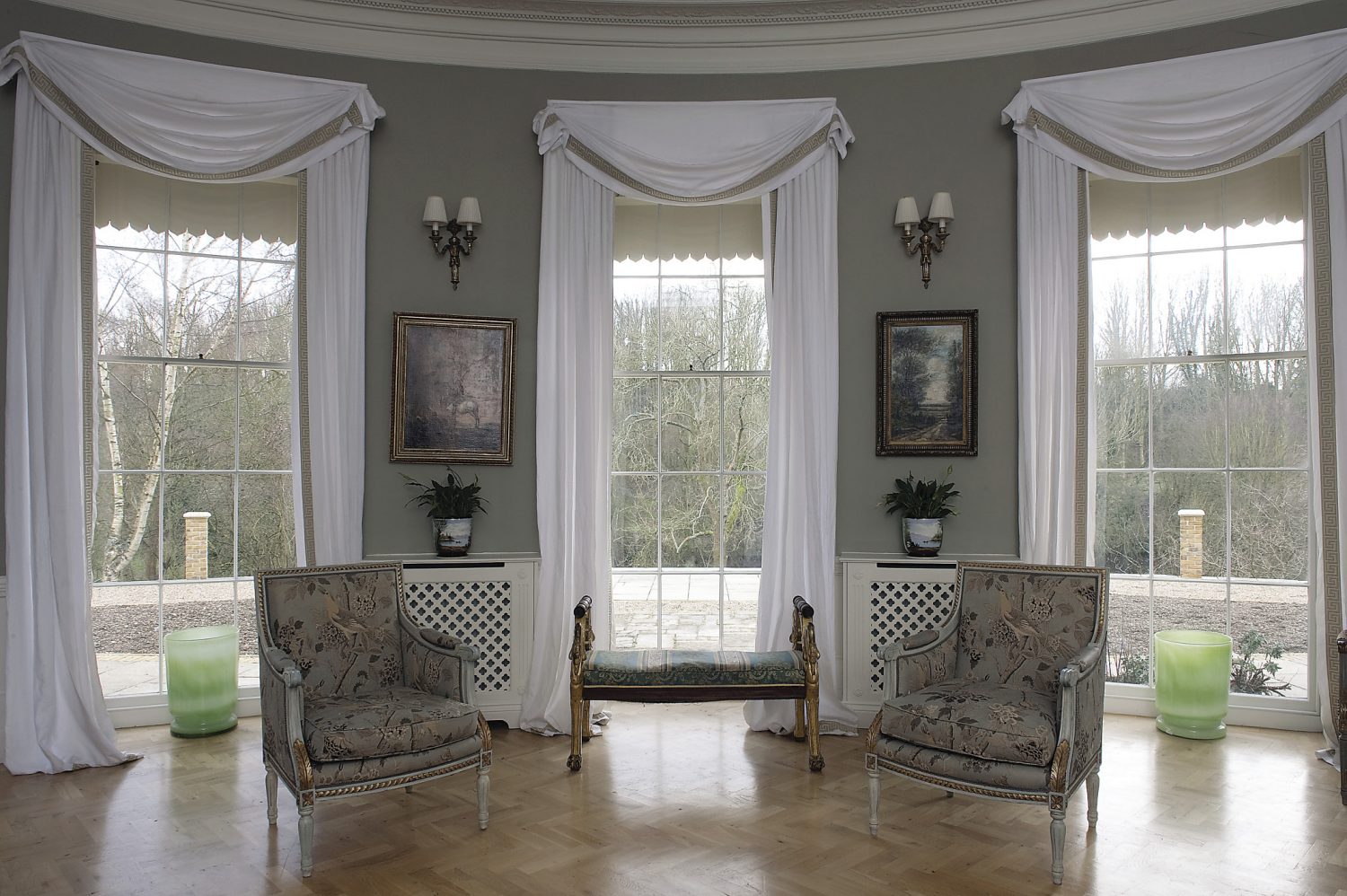
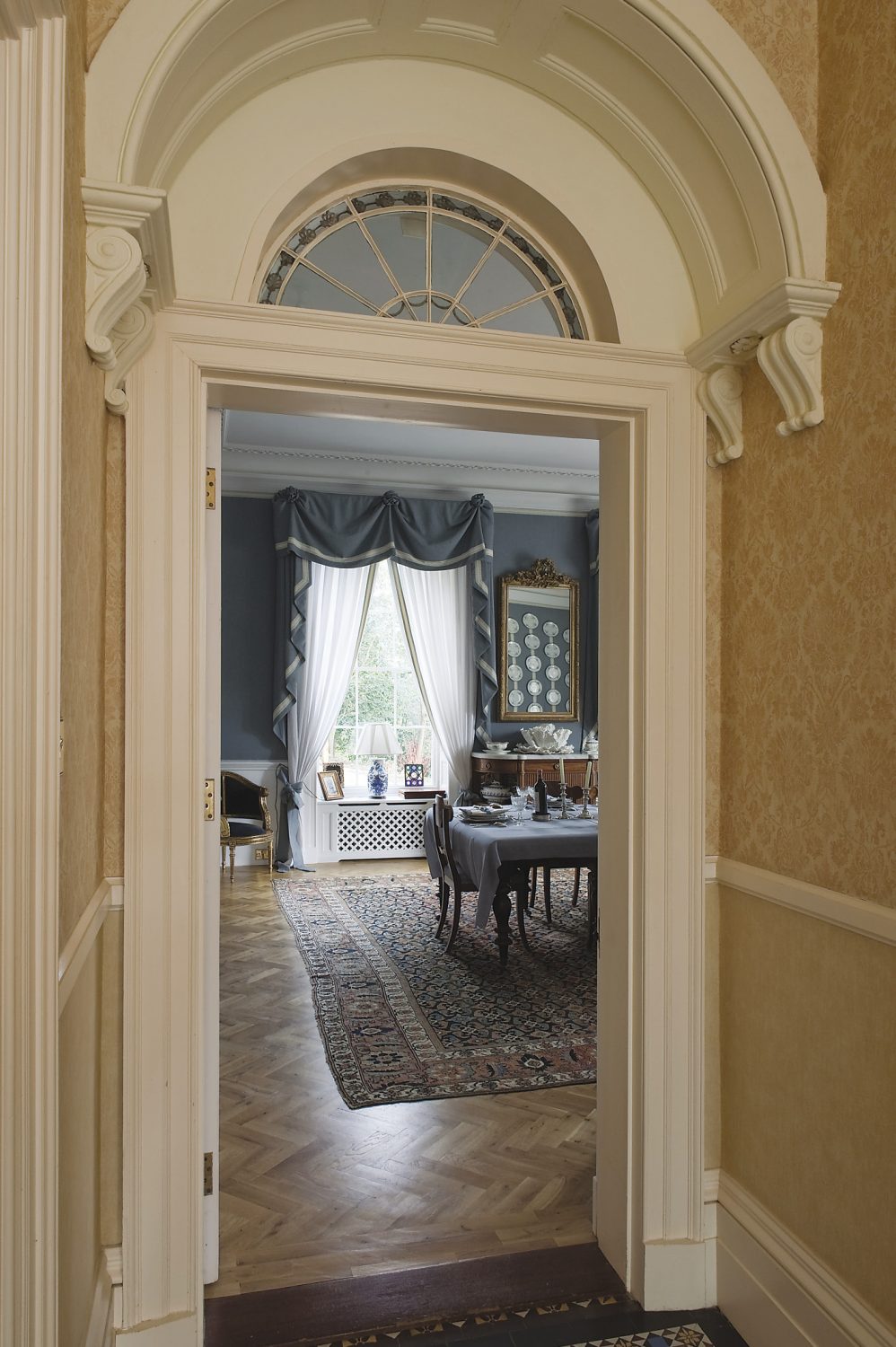
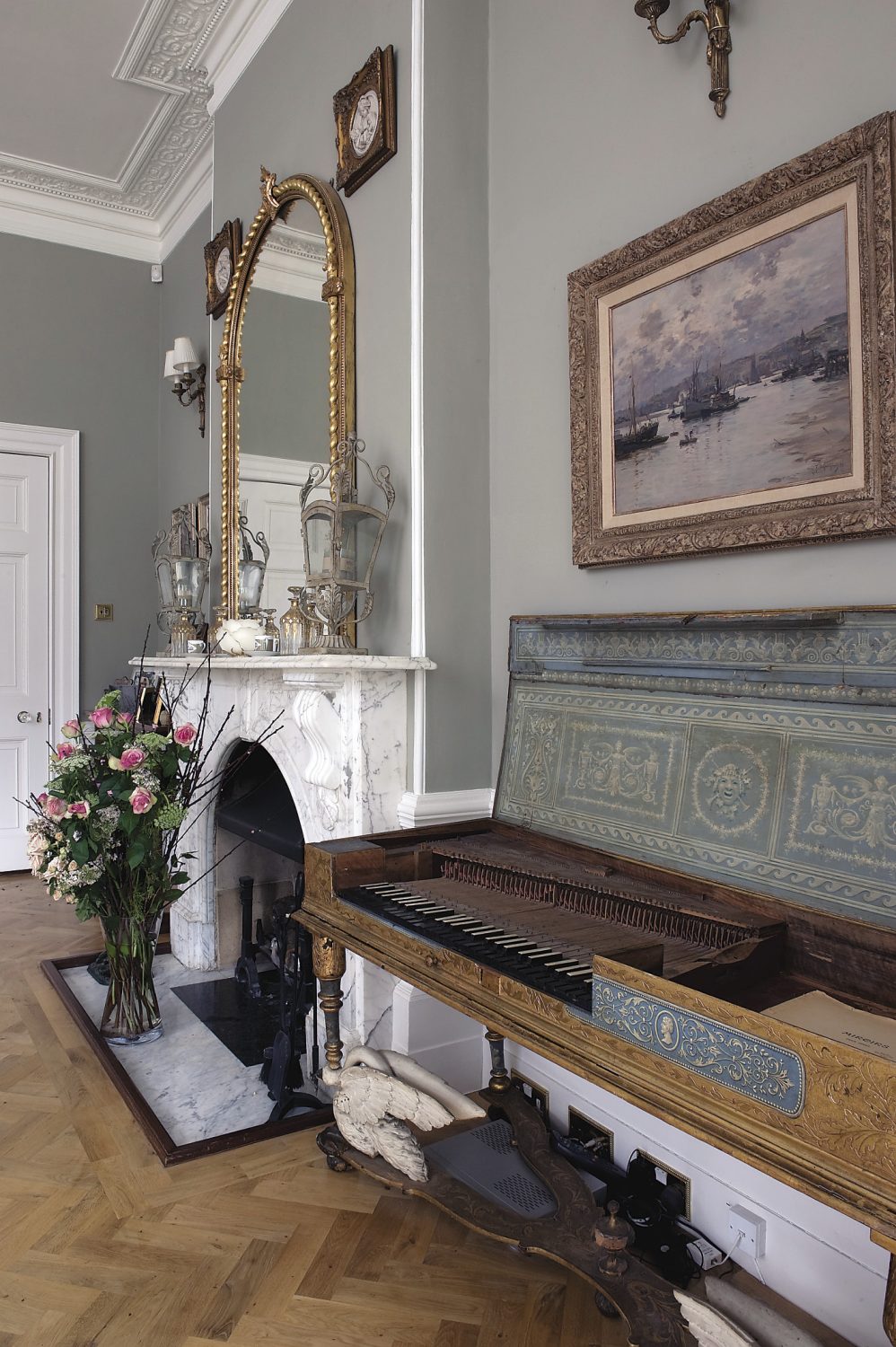
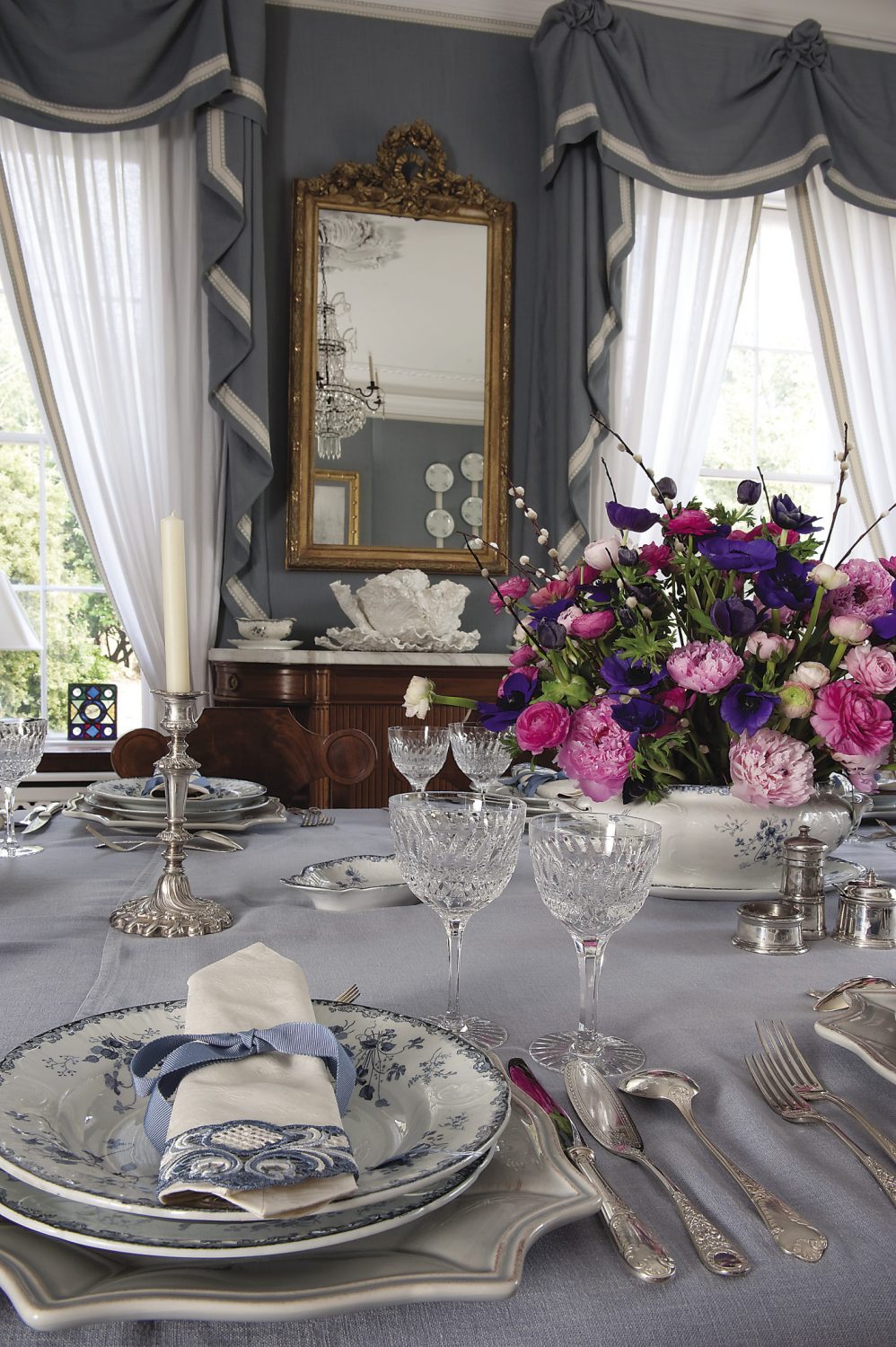
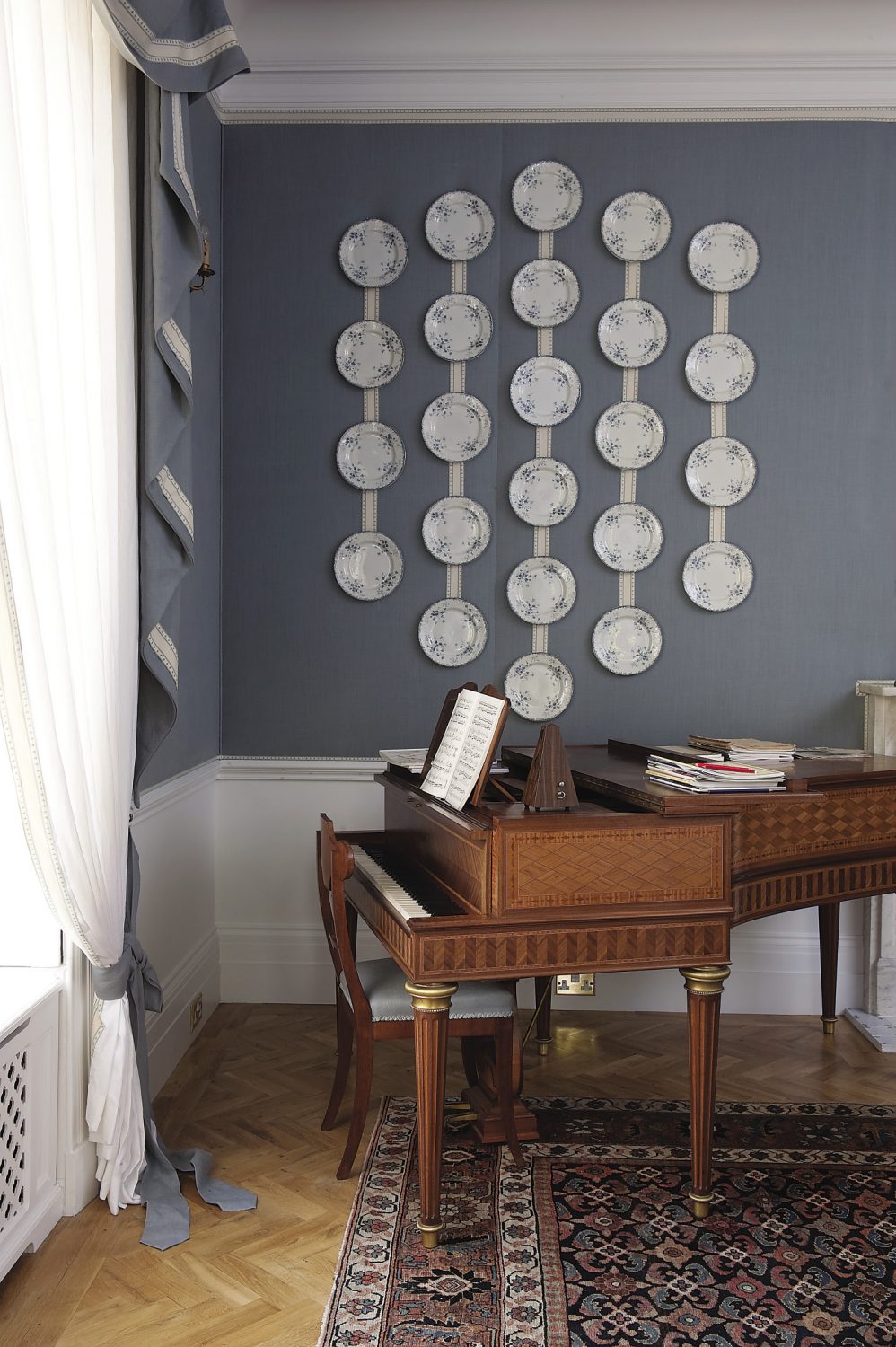
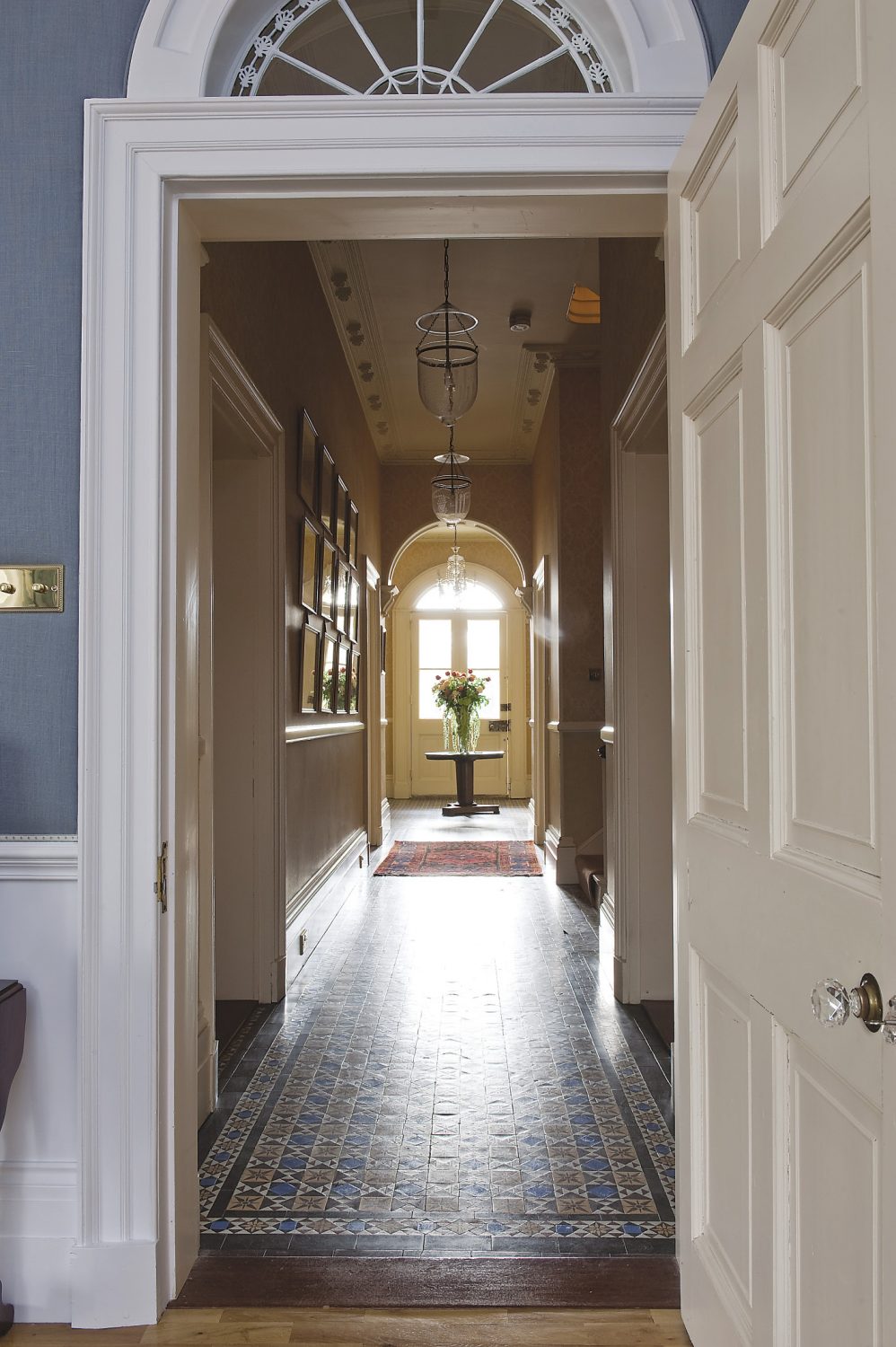
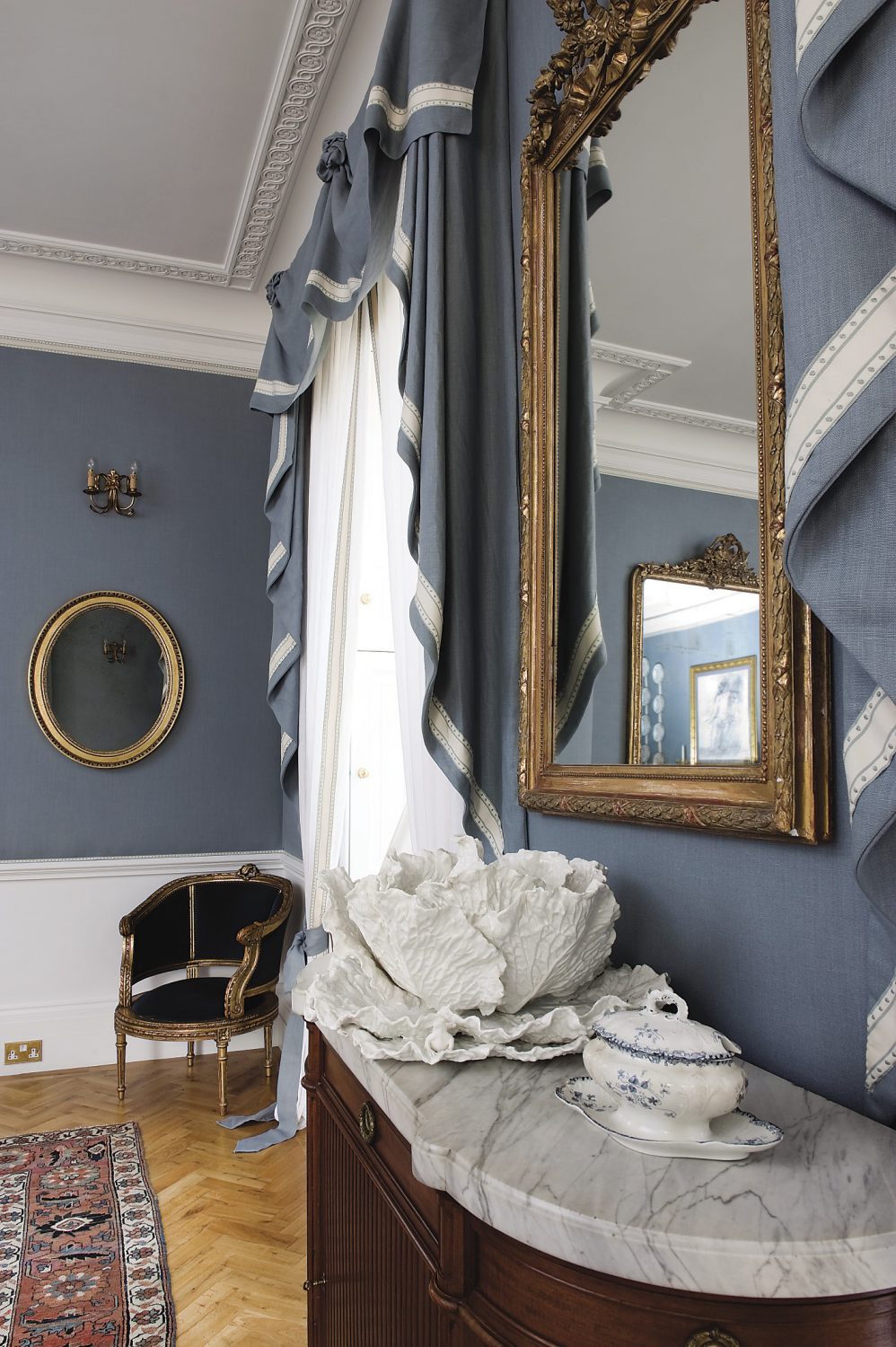
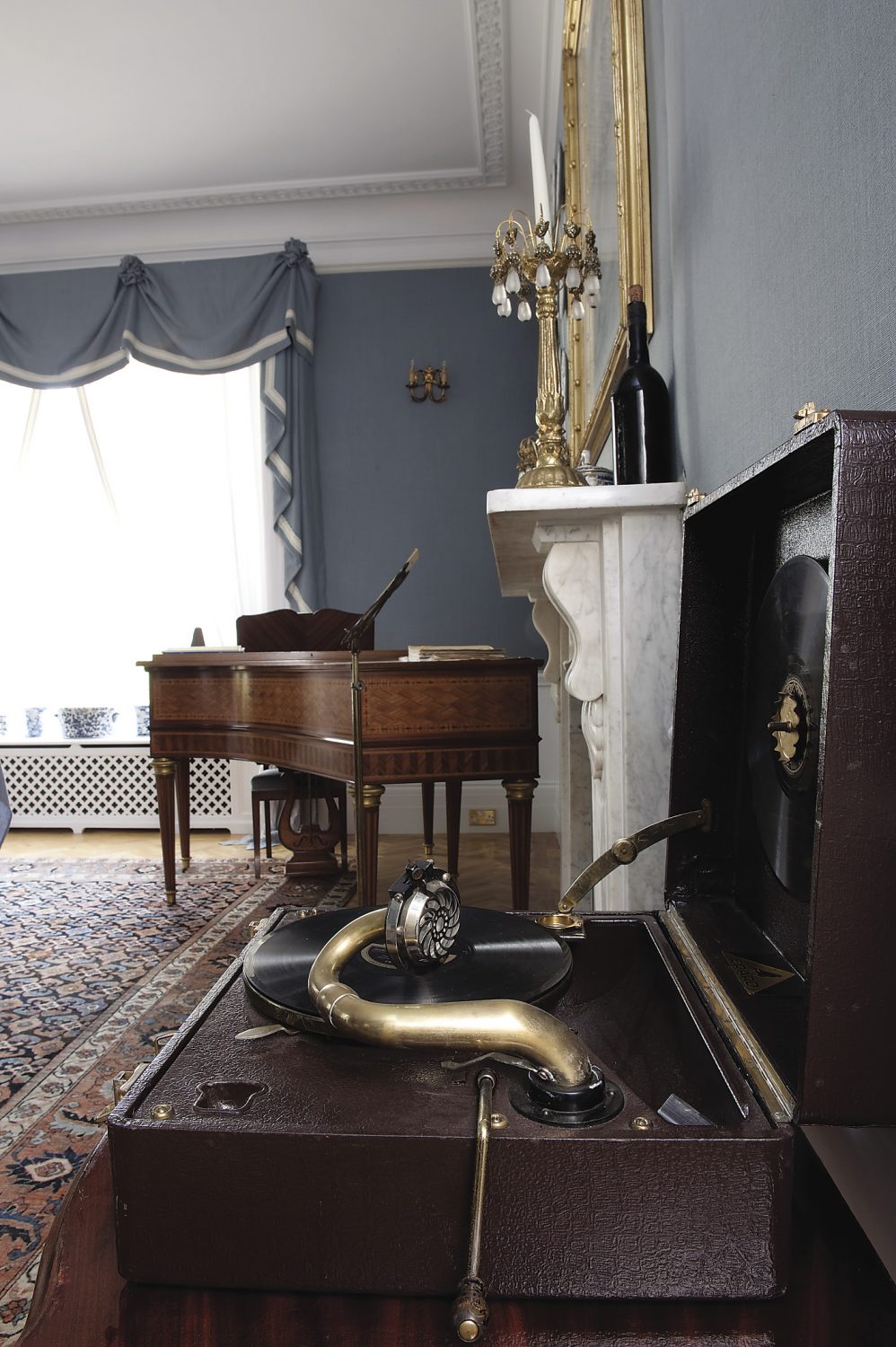
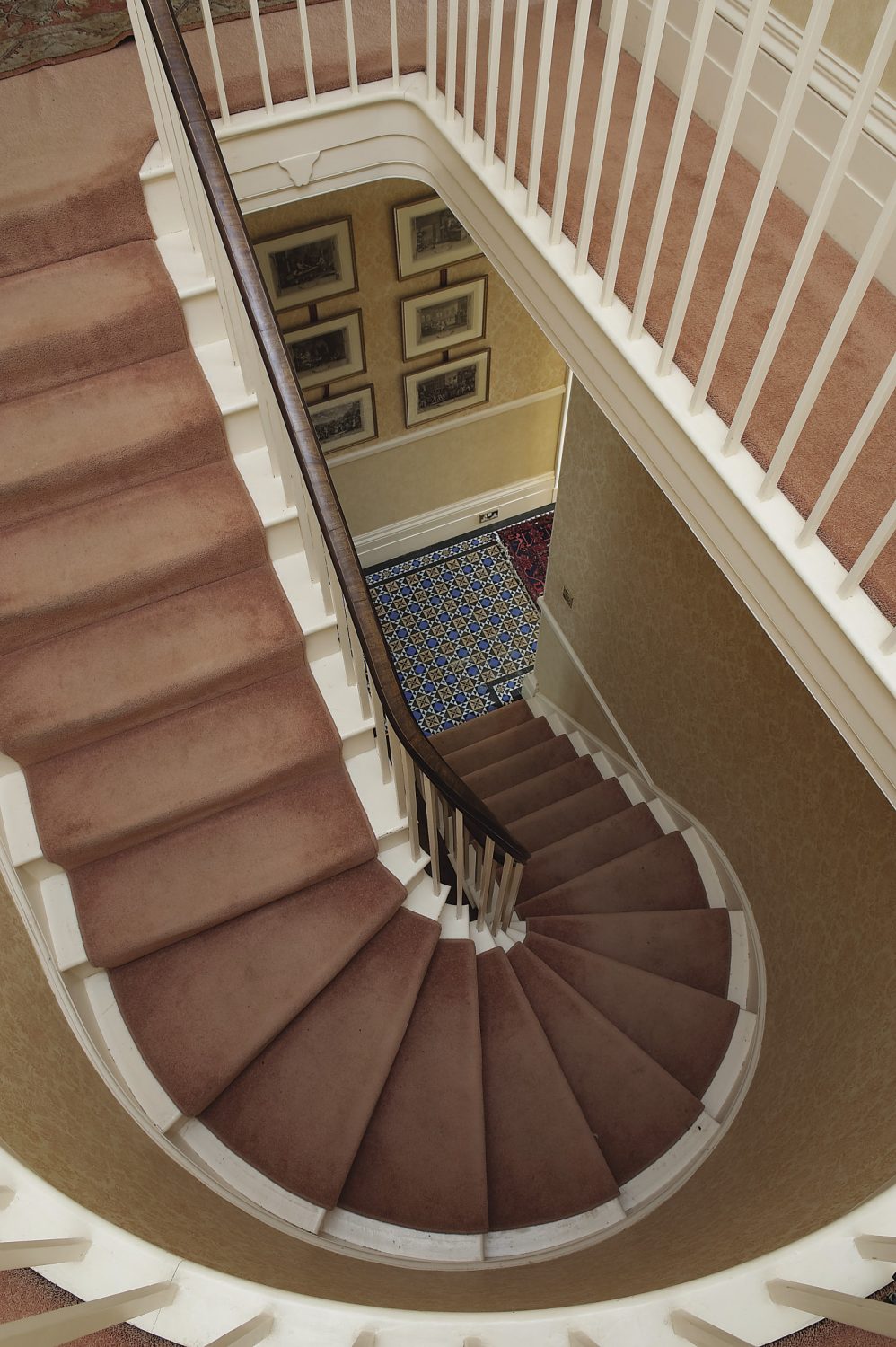
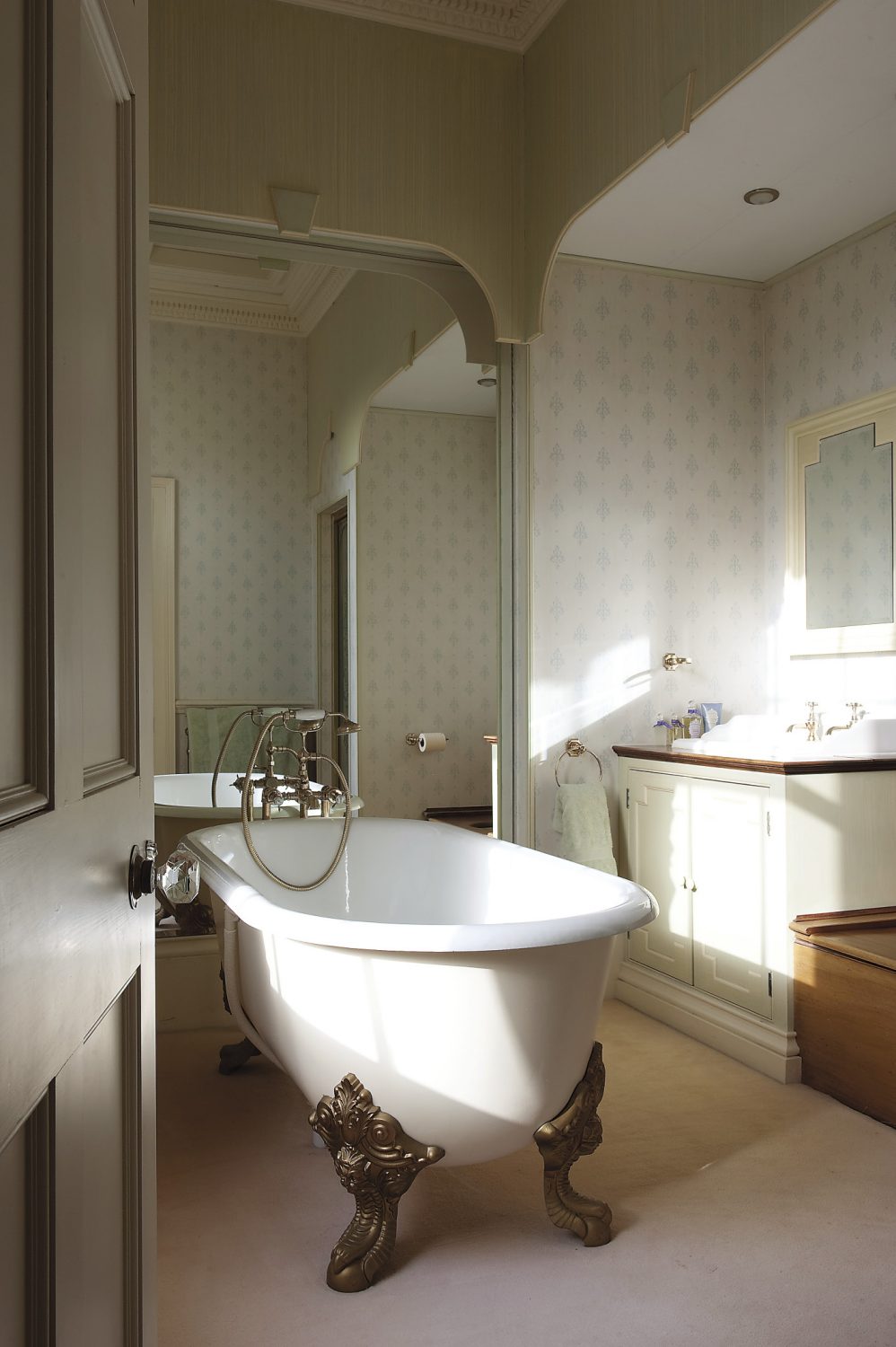
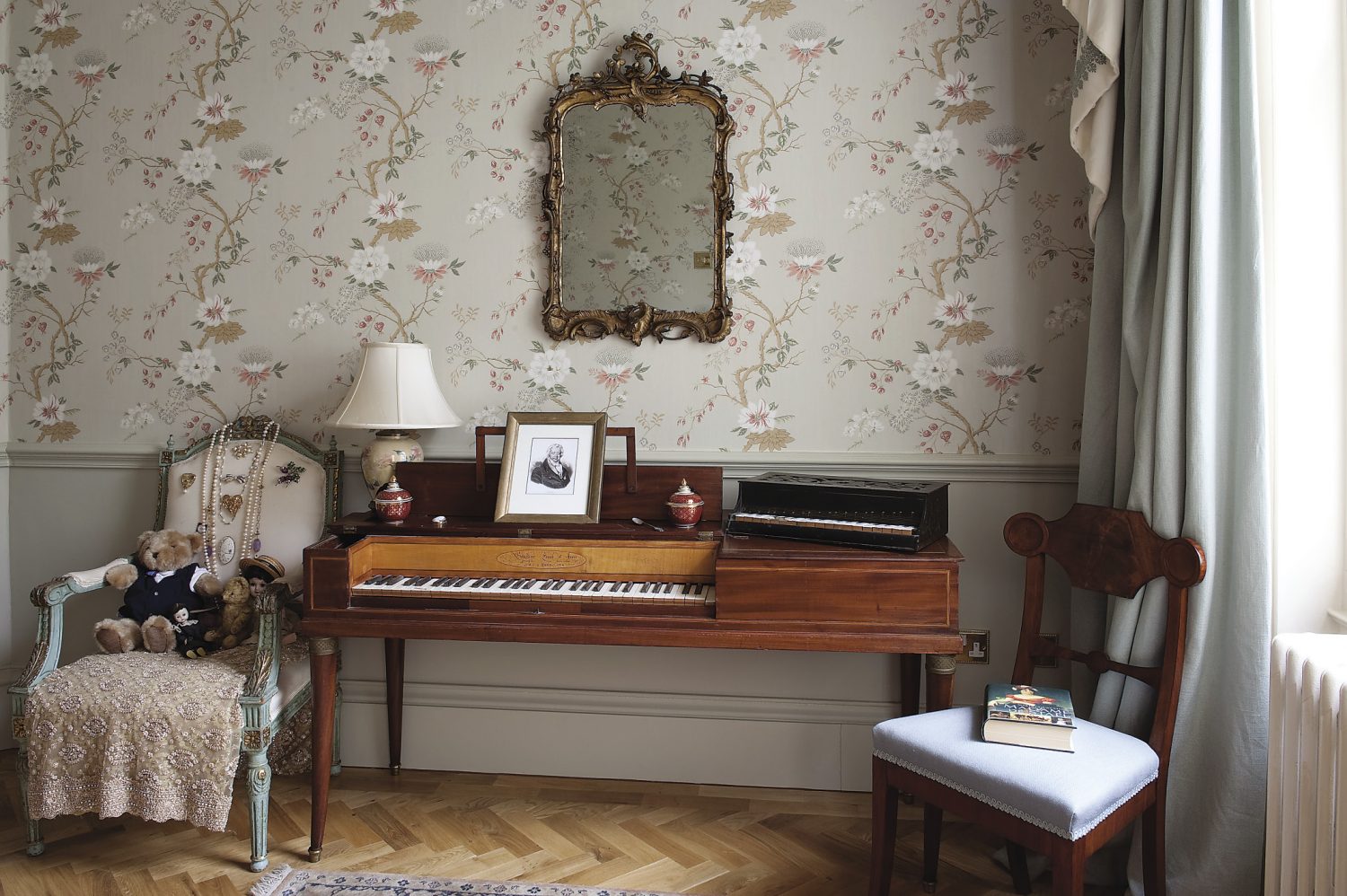
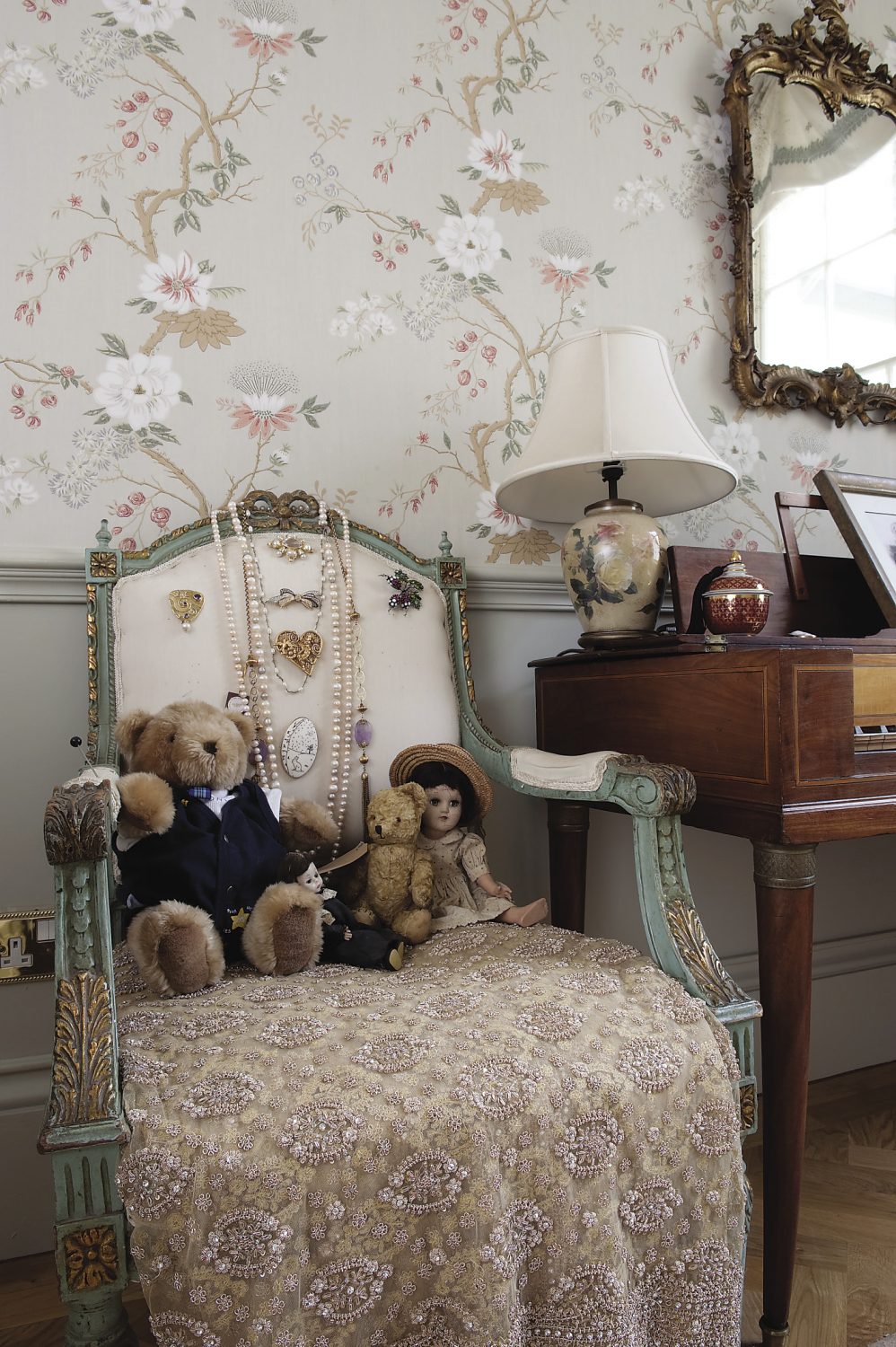 TEST
TEST
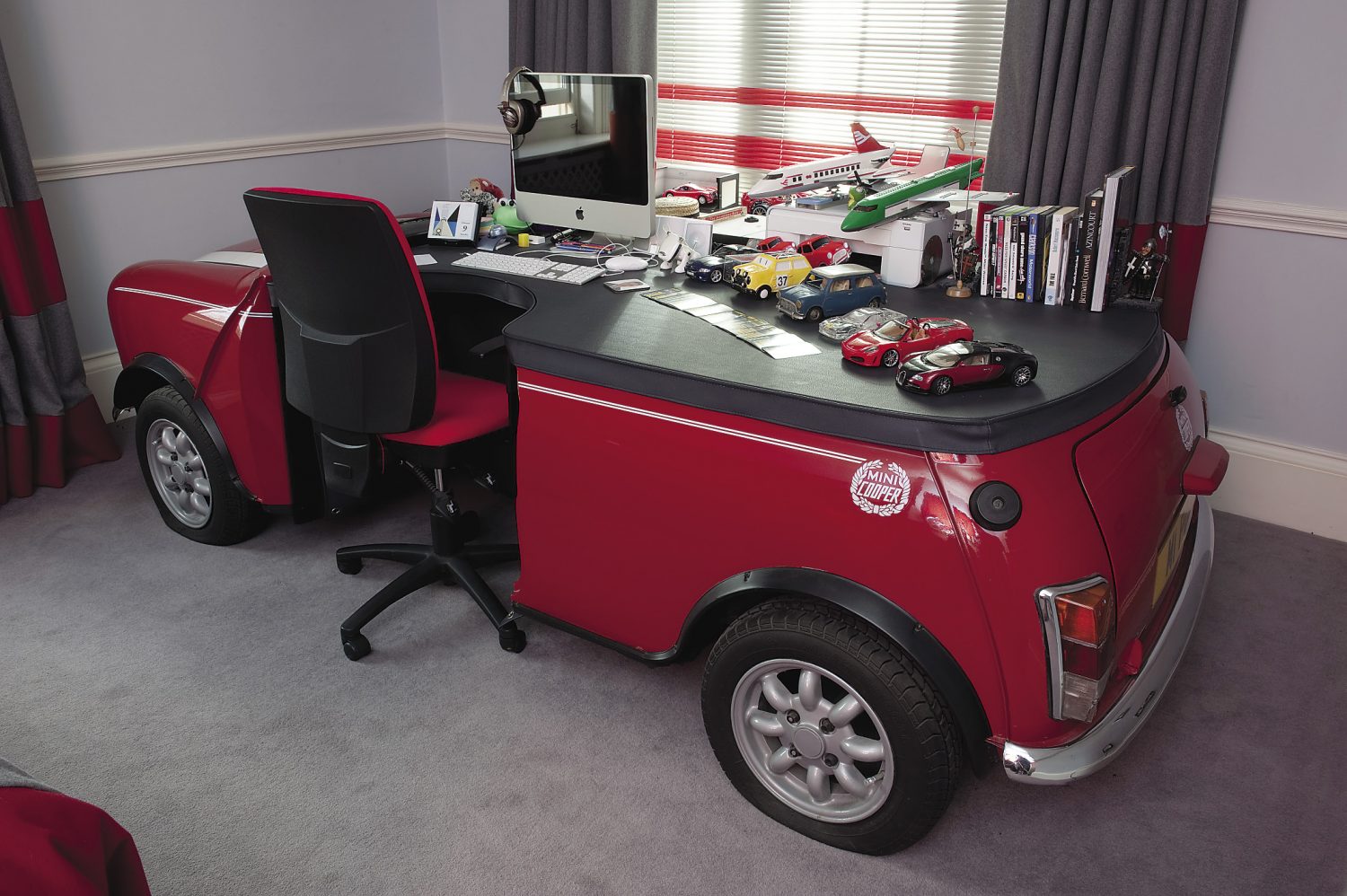
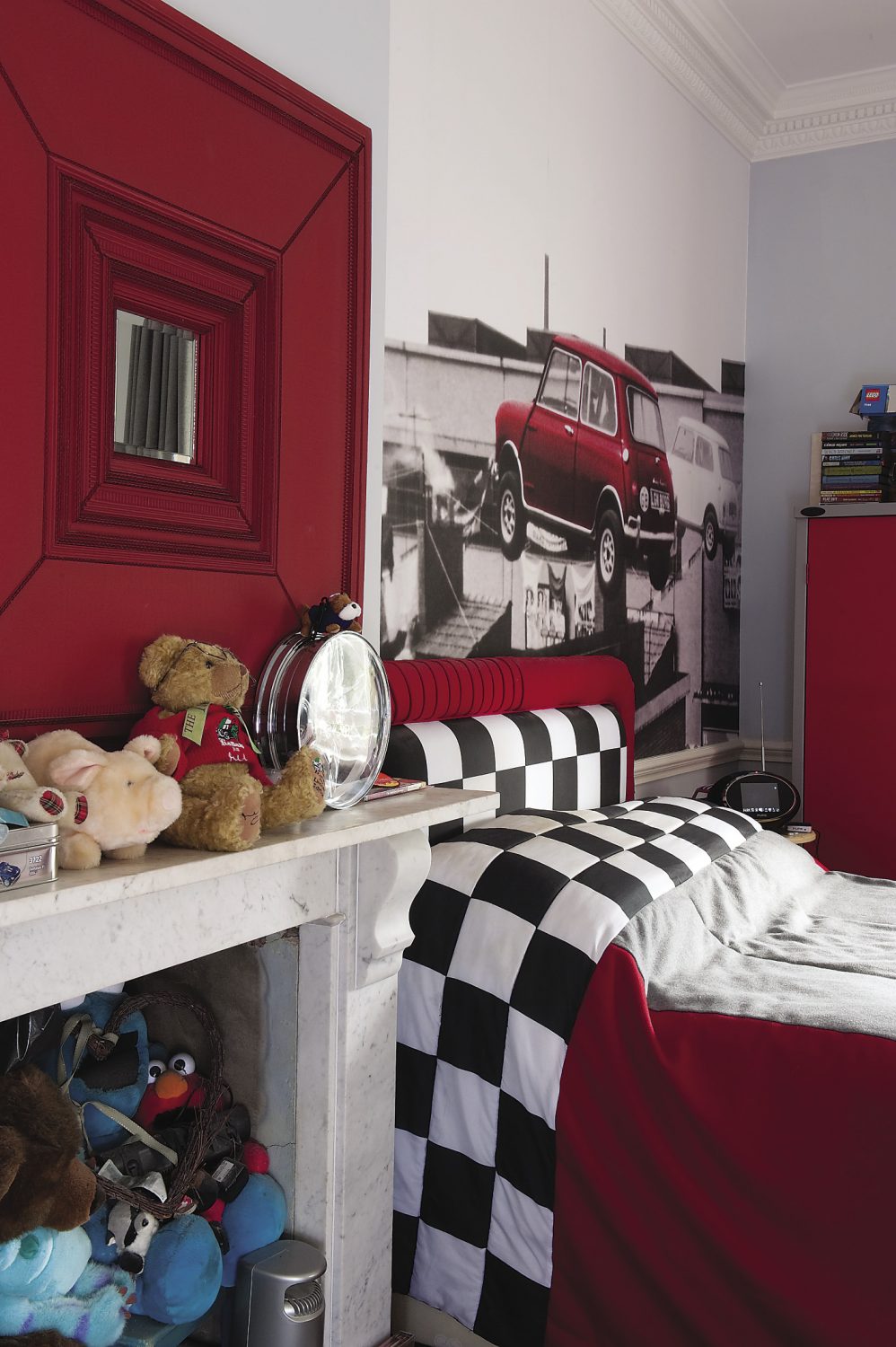 TEST
TEST
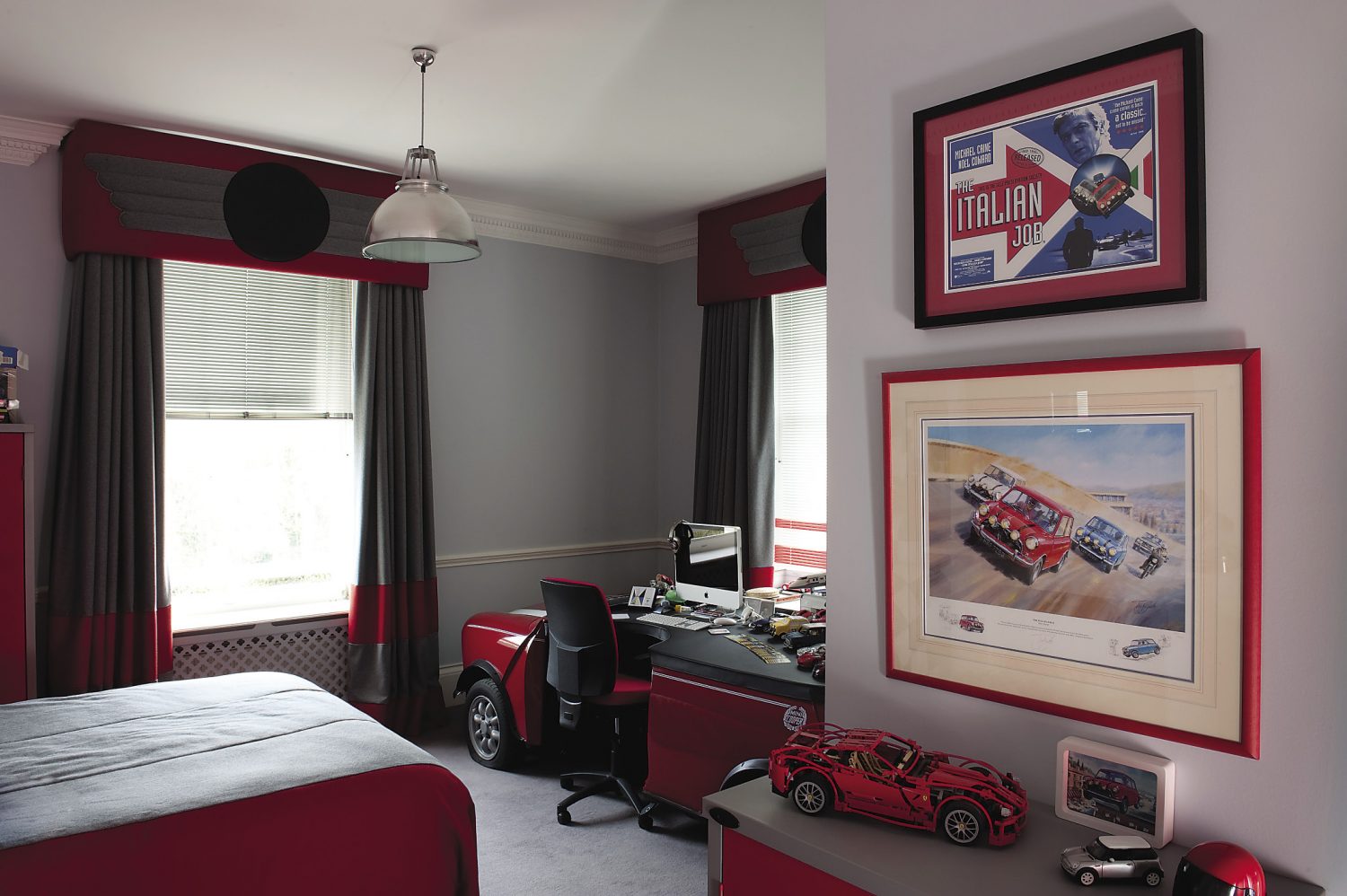 TEST
TEST
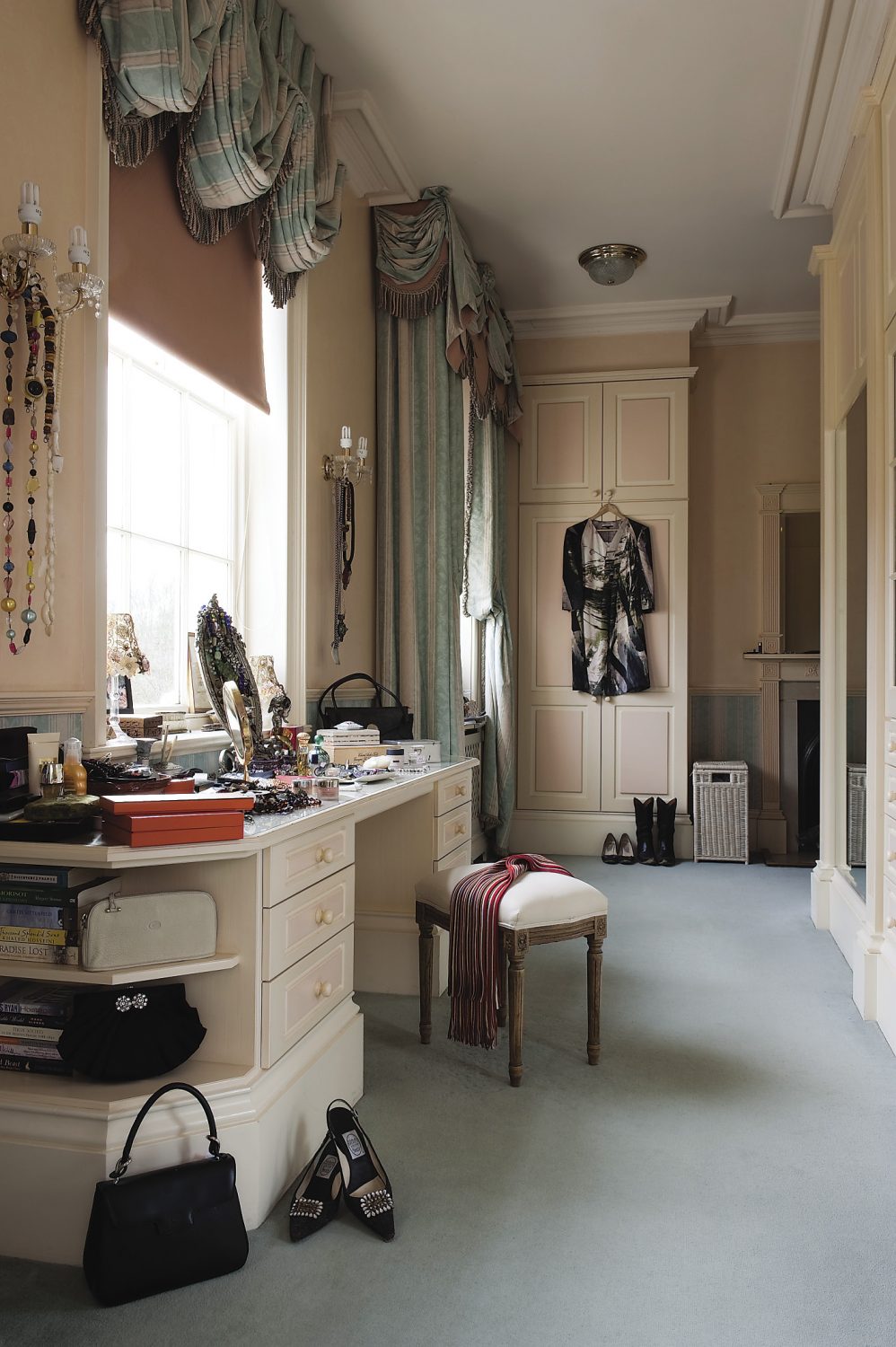
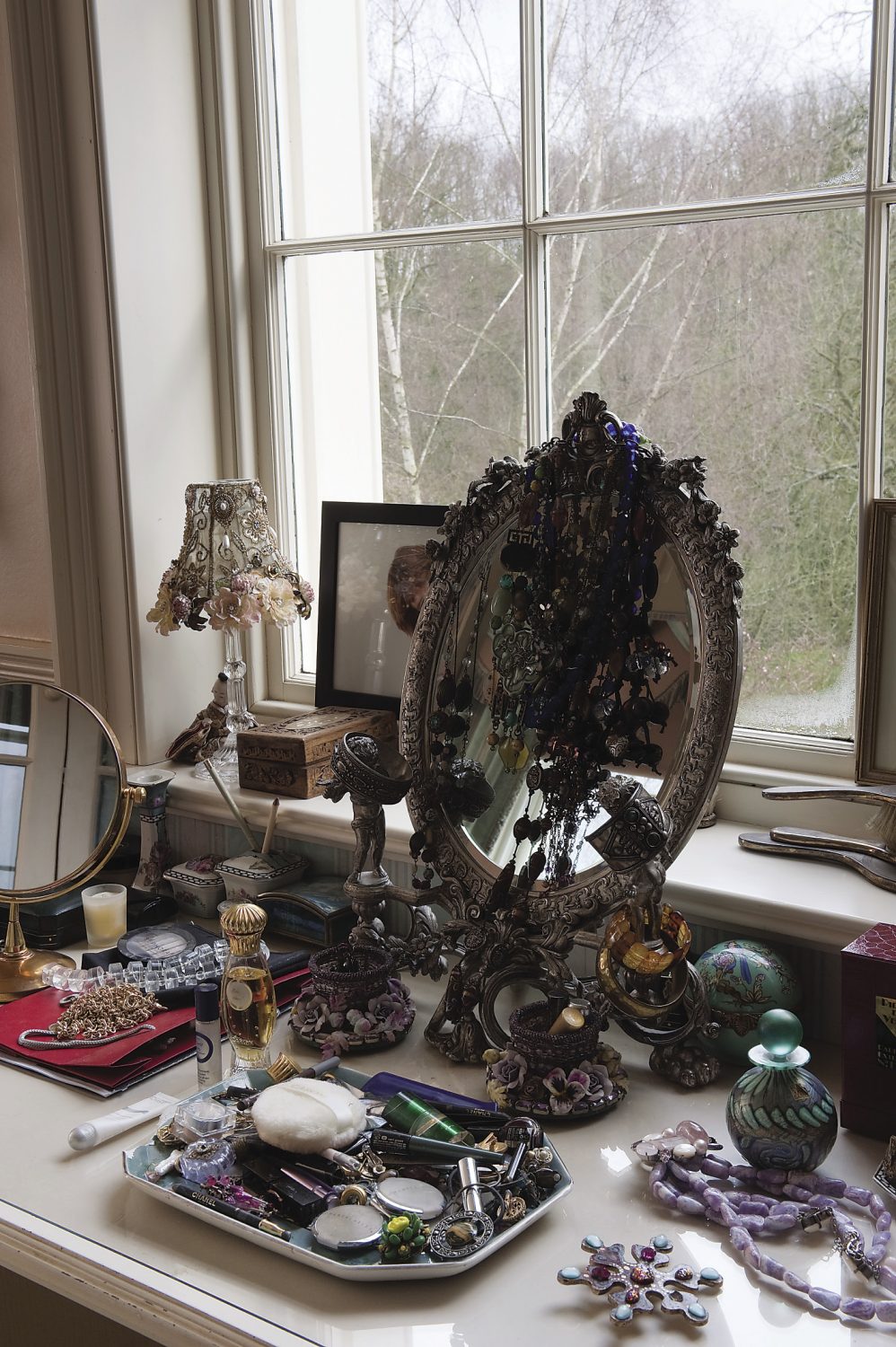 TEST
TEST
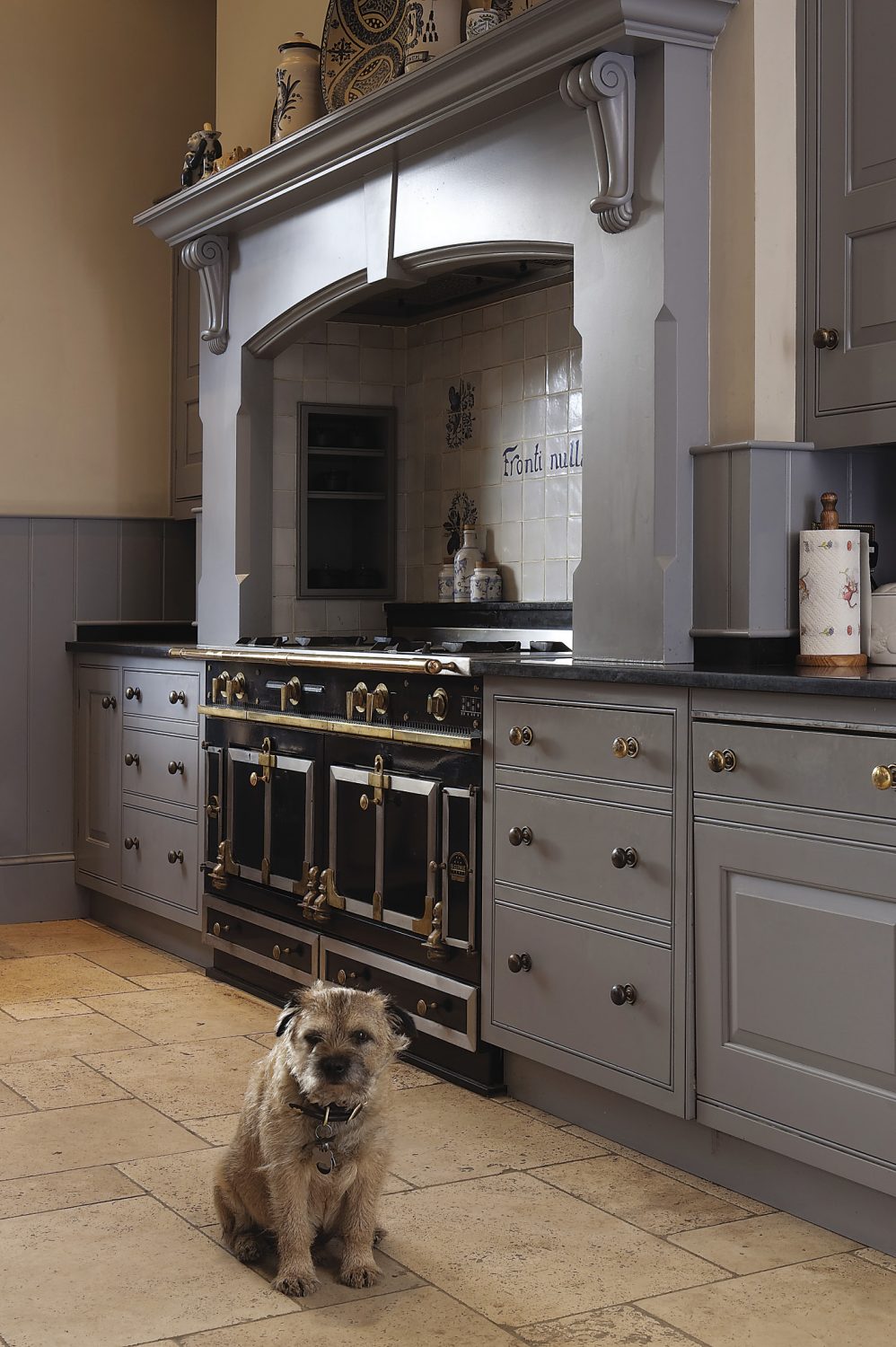
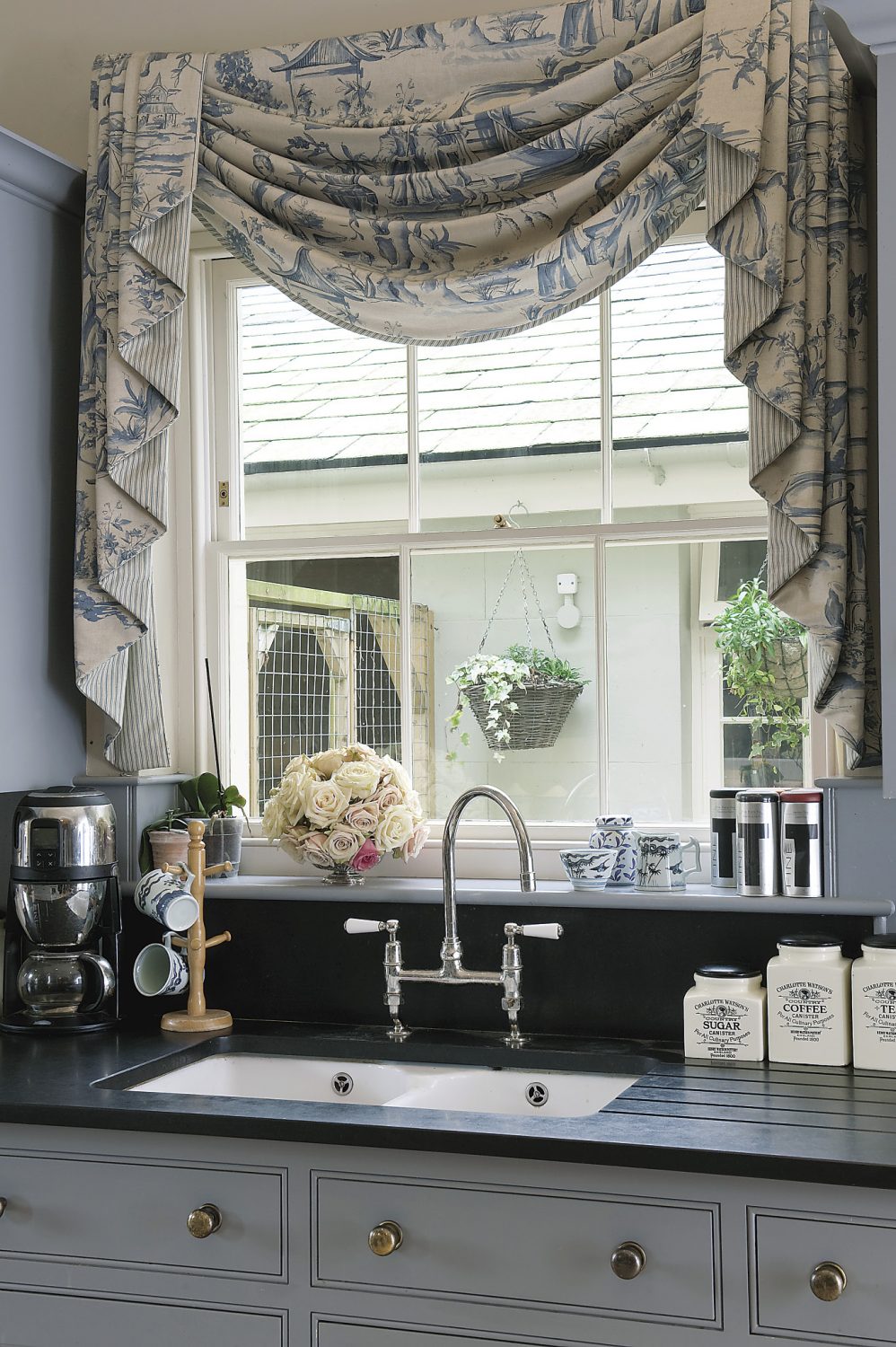 TEST
TEST
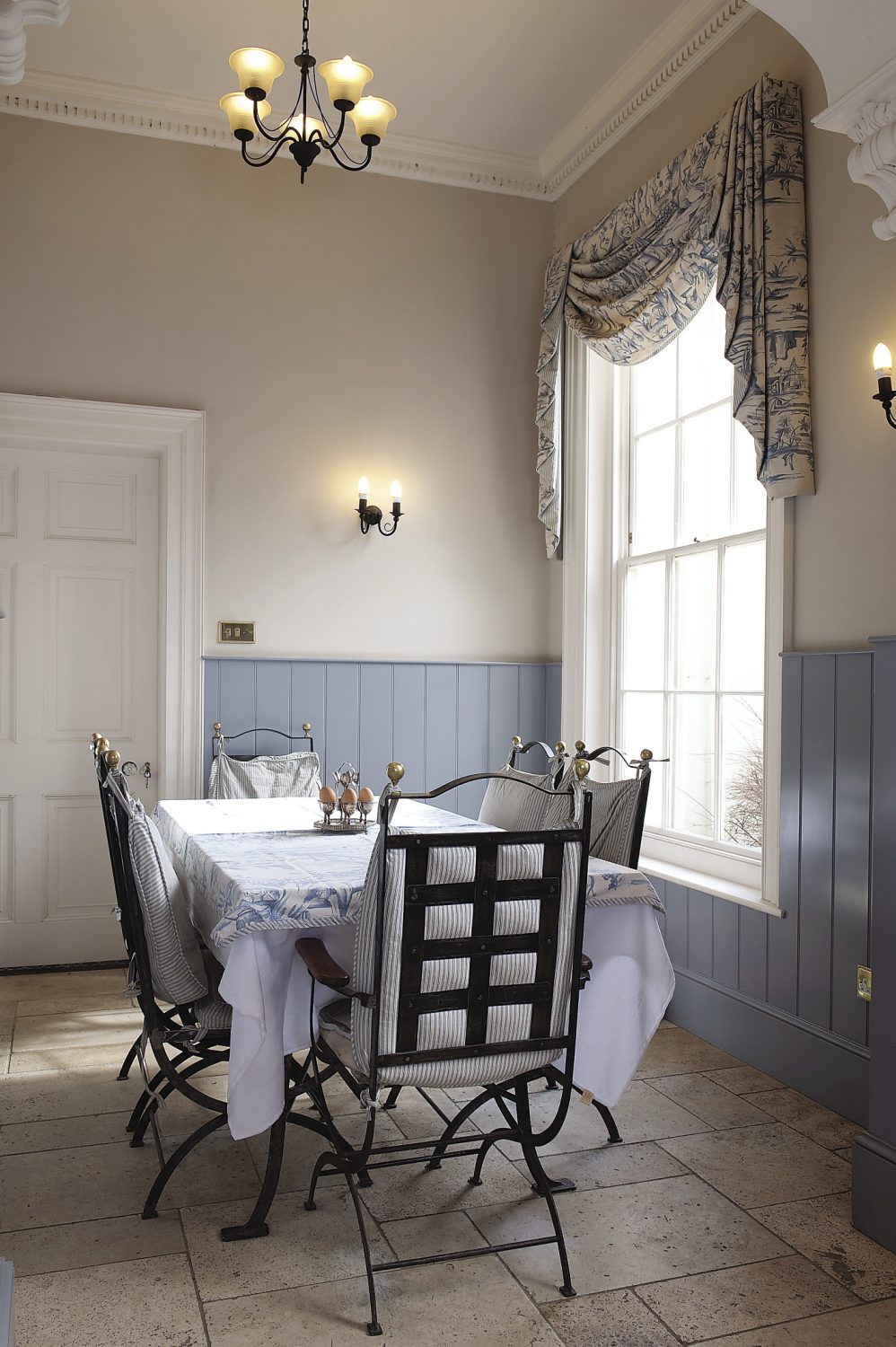 TEST
TEST
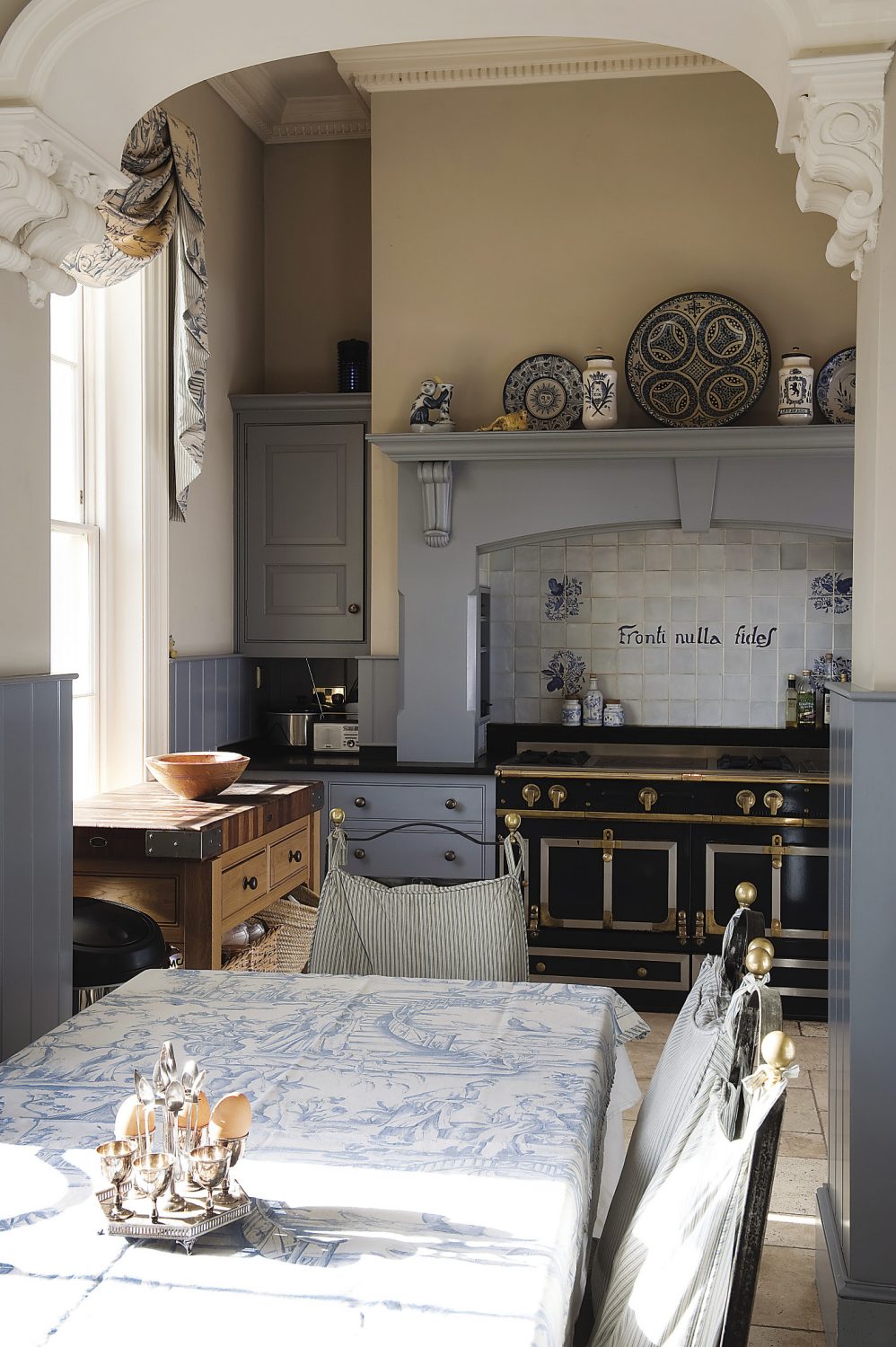 TEST
TEST
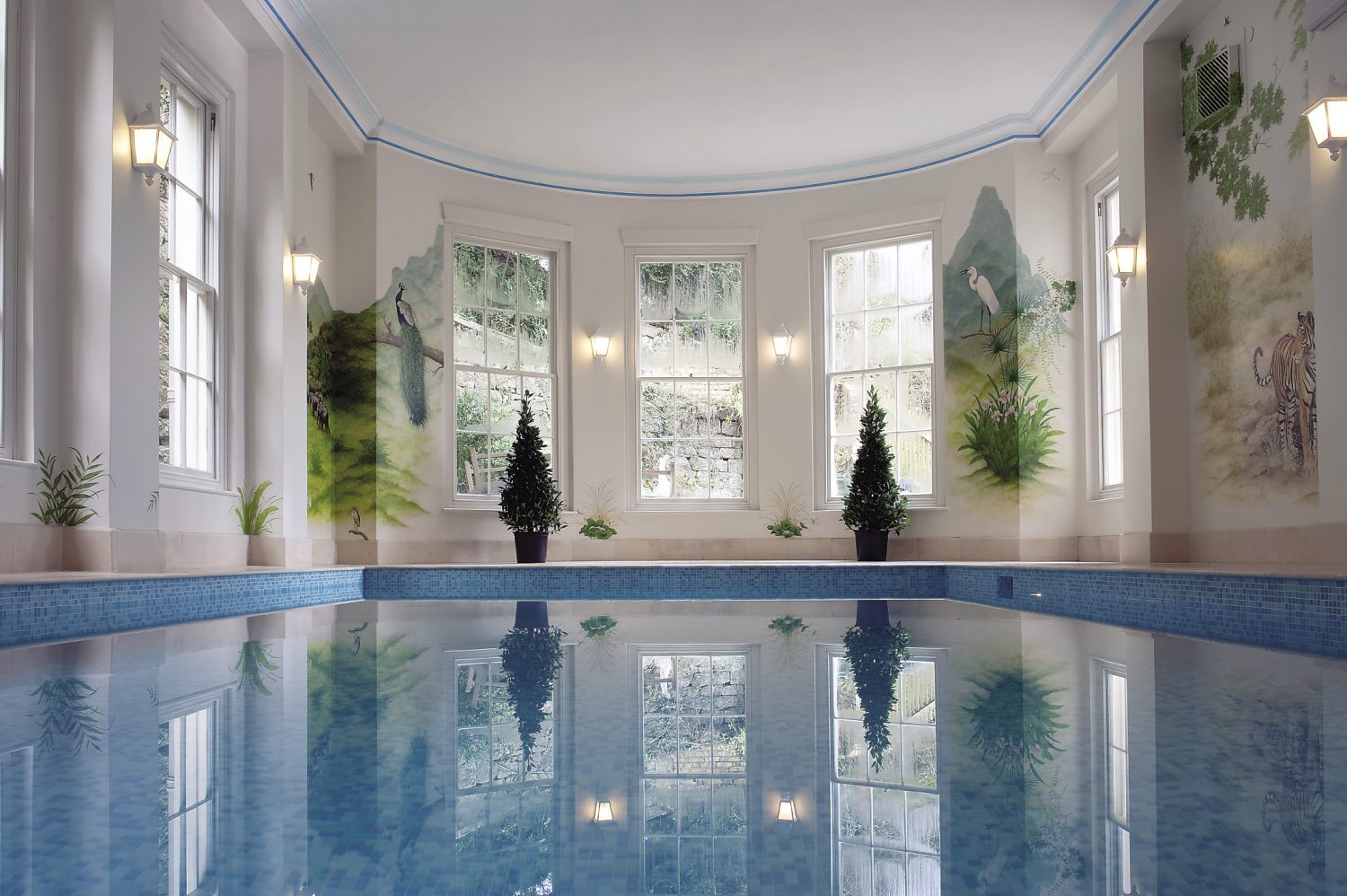
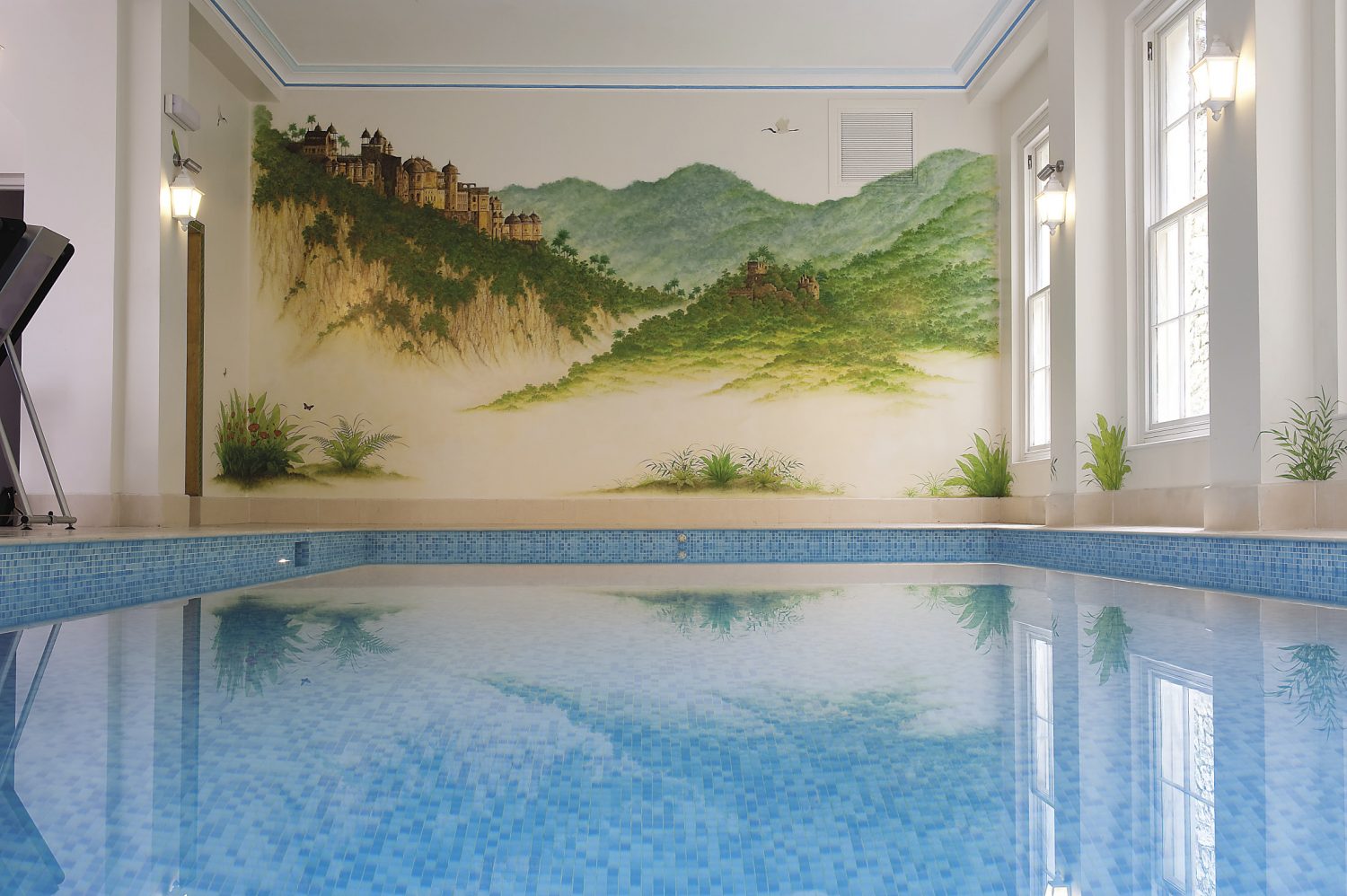 TEST
TEST
